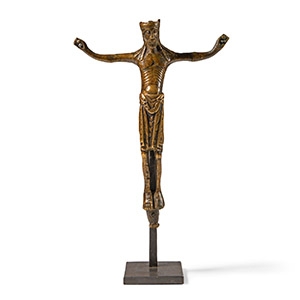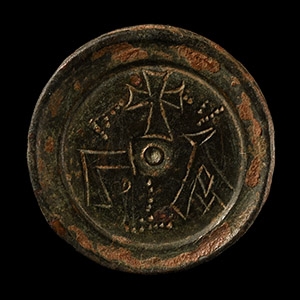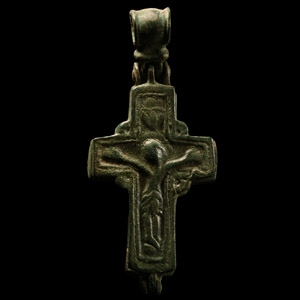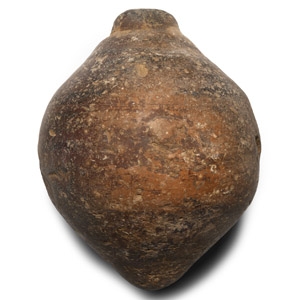Home > Auctions > 5 - 9 March 2024: Ancient Art, Antiquities,
Natural History & Coins
Auction Highlights:
Found in Carthage.
From a 19th century collection based on the handwritten package.
From the collection of a London antiquarian.
Accompanied by an old hand written collector's envelope.
Cf. Wamser, L., Die Welt von Byzanz - Europas Östliches Erbe, München, 2004, item 471, for type.
Acquired in Europe in 1992.
European private collection.
Cf. Baldini Lippolis, I., L'Oreficeria nell'Impero di Costantinopoli tra IV e VII secolo (the Jewellery in the Empire of Constantinople between IV and VII century, in Italian), Bari, 1999, pp.229ff, for the type of buckle.
This type of belt elements, although present in the Avar graves of the second half of the 7th century, were most likely produced in the workshops of the Eastern Roman Empire, from where they reached the Avar lands as imperial gifts or spoils of war. They could be simple fastenings for belts, or part of multiple belts, to which sabres and knives were attached, commonly used among Avars, Bulgars and Romans during the 6th -7th centuries A.D.
UK private collection before 2000.
UK art market.
Property of a London gentleman.
Cf. Papanikola-Bakirtzi, D. (ed.), Everyday life in Byzantium. Byzantine Hours. Works and days in Byzantium, Exhibition catalogue,Thessaloniki, White Tower October 2001-January 2002, Athens, 2002, nos.302-307, for the type.
This kind of stand was destined to support lamp with oval bodies, at the base of which there was a slot that allowed it to be inserted into the lamp stand. The latter was composed of a turned stem and a single, double or even triple curvilinear base, which had the shape of an inverted chalice and carried one, two or three supports which ended with horse hoof ornaments, and feet in the shape of lion's paws.
Private collection of Mr S.A., Switzerland, 1990s, thence by descent.
Cf. Weber, K., Byzantinische Münzgewichte: Materialkorpus für 1-Nomisma-Gewichte, Schwelm, 2009, item 295, for type.
From the collection of an London antiquarian, 1980s.
Cf. Wamser, L., Die Welt von Byzanz - Europas Östliches Erbe, München, 2004, items 582-3, for type.
Private collection of Mr S.A., Switzerland, 1990s, thence by descent.
Cf. similar item in the Metropolitan Museum of Art, New York, under accession no.L.2000.77.1.
Acquired on the London art market in the late 1980s-1990s.
From the family collection of an East London, UK, gentleman.
Cf. Pitarakis, B., Les Croix-Reliquaires Pectorales Byzantines en Bronze, Paris, 2006, item 146, for type.
Private collection formed since the 1940s.
UK art market.
Property of an Essex gentleman.
Cf. Chadour, A.B., Rings. The Alice and Louis Koch Collection, volume I, Leeds, 1994, item 492.
Acquired 1980-2015.
Ex Abelita family collection.
Accompanied by an academic paper by military specialist Dr Raffaele D'Amato, dated 15 July 2019 and titled 'Eastern Roman Empire - Greek Fire Bomb or Hand Grenade (μεσαίον kακάβιον) 9th-11th century AD'.
Cf. Arendt, W. I., Granaten des 13-14. Jahrhunderts, die an der Wolga gefunden sind, Zeitschrift fur Historische Waffen-und Kostumkunde, 11 (1926-8), p.42; cf. Arendt, W., Die Spharisch-konischen Gefäße aus Gebranntem Ton, ibid; cf. Ayalon, D., Gunpowder and Firearms in the Mamluk Kingdom, London, 1956, p.16.
Apart from the use of siphons or manual flame-throwers called cheirosiphona, special corps of Roman soldiers employed terracotta grenades, in the form of small jars, abundantly evidenced in archaeological excavations. Such were the γανωτα, vessels (sometimes also of bronze) used for Greek fire. They were called μεσαία kακαβιά or κυτροκακάβια where the former had a bulbous shape and the latter a more cylindrical form.
Private collection formed since the 1940s.
UK art market.
Property of an Essex gentleman.
Cf. Chadour, A.B., Rings. The Alice and Louis Koch Collection, volume I, Leeds, 1994, items 599, 641, for type; Stanojev, N., Nekropolen aus dem 10.-15.Jahrhundert in der Vojvodina, Novi Sad, 1989, figs.158-161, 223-224, for the type.
Similar rings have been found in the area of Vojvodina, where the military and ecclesiastical presence of Byzantium was still strong until the 13th century. The signet ring shows a Greek inscription probably made by Slavonic people using Greek letters as an 'imitation' of earlier Eastern Roman rings.
Collected from 1969-1999.
From the collection of the late Mr S.M., London, UK.
Private collection of Mr S.A., Switzerland, 1990s, thence by descent.
Cf. similar item in the Metropolitan Museum of Art, New York, under accession no.1994.306.
793 - 804 of 2726 LOTS

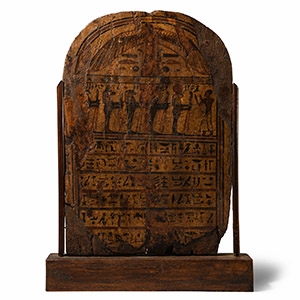
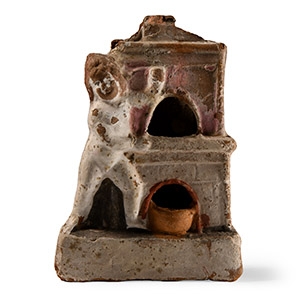

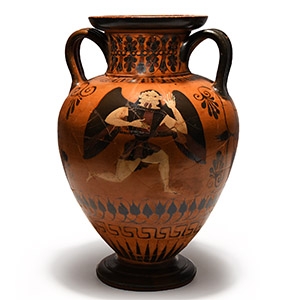
.jpg)
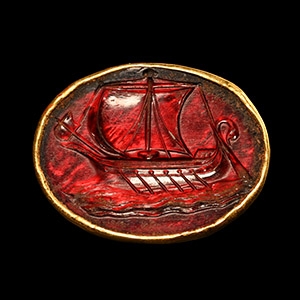
.jpg)

.jpg)
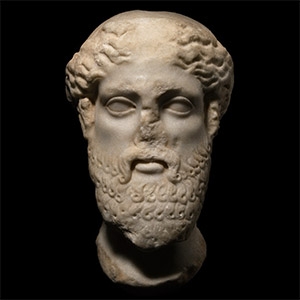
.jpg)
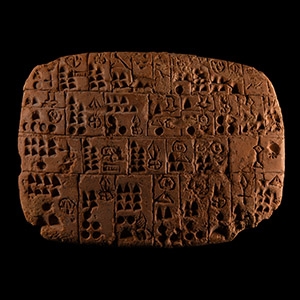

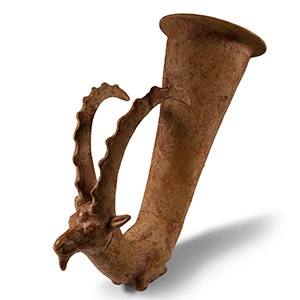
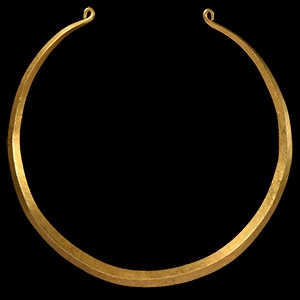
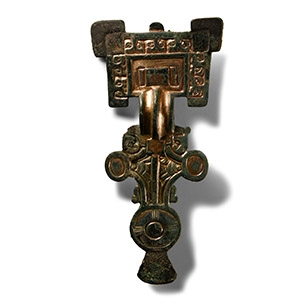
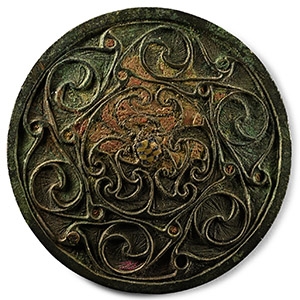

.jpg)
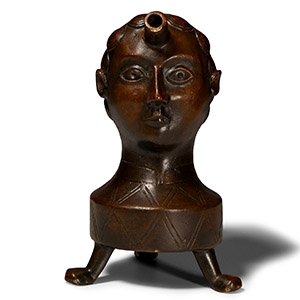
.jpg)

.jpg)
